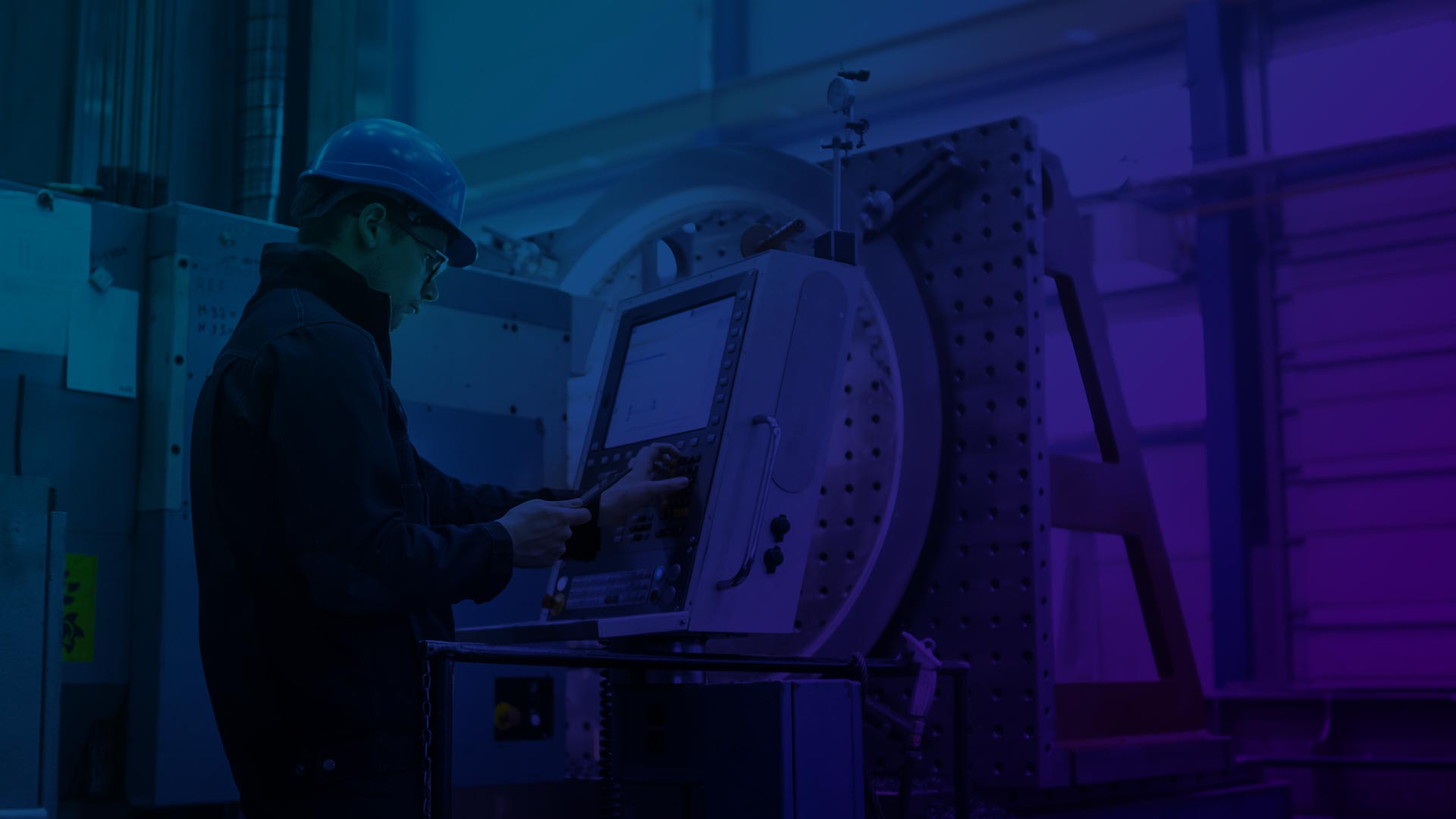L'ascesa dei veicoli elettrici è diventata un fenomeno globale negli ultimi anni. Con le crescenti preoccupazioni per il cambiamento climatico e la necessità di ridurre le emissioni di gas serra, i veicoli elettrici (EV) sono emersi come una soluzione sostenibile nel settore dei trasporti. Questo articolo approfondisce i progressi delle tecnologie di guida elettrica e della produzione di mobilità elettrica che hanno fatto progredire il settore dei veicoli elettrici.
Tecnologie E-Drive
Tecnologie E-Drive costituiscono la base dei veicoli elettrici. Queste tecnologie comprendono motori elettrici, elettronica di potenza e sistemi di controllo che lavorano in armonia per offrire prestazioni efficienti e fluide. In questa sezione esploriamo alcuni dei componenti chiave.
Motori elettrici
I motori elettrici sono il cuore di un veicolo elettrico, responsabili della conversione dell'energia elettrica in energia meccanica. Esistono vari tipi di motori elettrici utilizzati nei veicoli elettrici, tra cui:
-
- Motori sincroni a magneti permanenti (PMSM): Questi motori sono dotati di magneti permanenti incorporati nel rotore, che garantiscono un'elevata efficienza e densità di potenza.
-
- Motori a induzione: Conosciuti anche come motori asincroni, questi motori utilizzano una corrente alternata per generare un campo magnetico, offrendo robustezza e semplicità.
-
- Motori a riluttanza commutata (SRM): Conosciuti per il loro basso costo e la semplicità del design, gli SRM stanno guadagnando popolarità nel mercato dei veicoli elettrici.
Elettronica di potenza
L'elettronica di potenza svolge un ruolo fondamentale per le prestazioni e l'efficienza complessiva di un veicolo elettrico. Gestisce il flusso di energia elettrica tra la batteria, il motore elettrico e gli altri componenti. I principali dispositivi elettronici di potenza includono:
-
- Inverter: Convertire la corrente continua (DC) dalla batteria in corrente alternata (AC) per azionare il motore elettrico.
-
- Convertitori CC-CC: Regola i livelli di tensione tra i diversi componenti, garantendo prestazioni ottimali.
-
- Sistema di gestione delle batterie (BMS): Monitora e controlla il funzionamento della batteria, garantendone la sicurezza e la longevità.
Sistemi di controllo
I sistemi di controllo dei veicoli elettrici gestiscono le prestazioni complessive, la sicurezza e l'efficienza del veicolo. Questi sistemi includono:
-
- Controllo della trazione: Regola la coppia erogata dal motore per mantenere una trazione ottimale in diverse condizioni stradali.
-
- Frenata rigenerativa: Recupera l'energia cinetica durante la frenata e la converte in energia elettrica, migliorando l'efficienza complessiva.
-
- Gestione termica: Garantisce condizioni di temperatura ottimali per i vari componenti, migliorandone l'efficienza e la durata.
Innovazioni per le batterie
La batteria è uno dei componenti più critici di un veicolo elettrico. Le innovazioni nella tecnologia delle batterie hanno portato a significativi miglioramenti nella densità energetica, nei tempi di ricarica e nel costo complessivo. Alcuni progressi degni di nota sono:
-
- Batterie agli ioni di litio: La tecnologia delle batterie dominante nei veicoli elettrici, che offre un'elevata densità energetica e una lunga durata del ciclo.
-
- Batterie a stato solido: Promettente tecnologia di nuova generazione con sicurezza migliorata, maggiore densità energetica e tempi di ricarica più rapidi.
-
- Ricarica wireless: Permette di ricaricare comodamente senza bisogno di connettori fisici, migliorando l'esperienza dell'utente.
Produzione di mobilità elettrica
La rapida crescita del mercato dei veicoli elettrici ha portato a significativi progressi nella produzione di mobilità elettrica. I fattori chiave che guidano questo progresso sono:
Efficienza produttiva
Le case automobilistiche stanno adottando metodi di produzione innovativi per ottimizzare la produzione di veicoli elettrici. Tecniche come piattaforme modulari, linee di assemblaggio semplificate e robotica avanzata hanno permesso di aumentare la capacità produttiva e ridurre i costi. Di conseguenza, i veicoli elettrici stanno diventando più accessibili a una gamma più ampia di consumatori.
Ottimizzazione della catena di approvvigionamento
L'industria dei veicoli elettrici si basa su una complessa catena di fornitura globale di materie prime, componenti e sottoinsiemi. Le aziende stanno investendo nell'integrazione verticale, nelle partnership strategiche e nella produzione localizzata per migliorare l'efficienza della catena di fornitura e ridurre l'impatto ambientale. Questi sforzi hanno contribuito ad aumentare i tassi di produzione e a ridurre i costi di produzione.
Materiali e processi sostenibili
Il passaggio ai veicoli elettrici ha stimolato l'adozione di materiali e processi produttivi ecologici. Le case automobilistiche stanno adottando l'uso di materiali riciclati, bioplastiche e compositi leggeri per ridurre l'impronta ambientale complessiva dei loro veicoli. Inoltre, le fonti di energia rinnovabile, come l'energia solare ed eolica, sono sempre più utilizzate per alimentare gli impianti di produzione.
Sfide e opportunità
Sebbene il mercato dei veicoli elettrici abbia registrato una crescita significativa, deve ancora affrontare diverse sfide, tra cui:
-
- Infrastruttura di ricarica: La disponibilità di stazioni di ricarica rimane un problema, soprattutto nelle aree rurali. Gli investimenti nelle infrastrutture di ricarica sono fondamentali per affrontare l'ansia da autonomia e sostenere l'adozione diffusa dei veicoli elettrici.
-
- Riciclaggio delle batterie: Con l'aumento del numero di veicoli elettrici in circolazione, aumenta anche la necessità di soluzioni efficaci per il riciclaggio delle batterie. Lo sviluppo di metodi sostenibili per riciclare e riutilizzare le batterie esauste sarà essenziale per ridurre al minimo l'impatto ambientale.
-
- Politica e regolamentazione: Le politiche e gli incentivi governativi svolgono un ruolo fondamentale nel plasmare il mercato dei veicoli elettrici. Un sostegno costante attraverso crediti d'imposta, sussidi e altri incentivi sarà fondamentale per promuovere l'adozione dei veicoli elettrici e per favorire l'innovazione.
Nonostante queste sfide, il mercato dei veicoli elettrici presenta numerose opportunità di crescita e innovazione. I progressi nelle tecnologie di guida elettrica e nella produzione di mobilità elettrica continueranno a guidare il progresso e a consentire opzioni di trasporto più sostenibili per i consumatori di tutto il mondo.
Conclusione
In L'ascesa dei veicoli elettrici è una testimonianza del potere dell'innovazione e dell'impegno per la sostenibilità. Con il continuo progresso delle tecnologie di guida elettrica e della produzione di mobilità elettrica, possiamo aspettarci miglioramenti ancora maggiori in termini di prestazioni, efficienza e convenienza. Accogliendo questi cambiamenti e superando le sfide che il settore deve affrontare, possiamo avere un impatto significativo nella lotta al cambiamento climatico e creare un futuro più sostenibile per tutti.
Prodotti in questo articolo

Pianificazione e programmazione avanzata (APS)
AdvancedPlanning & Scheduling (APS) La pianificazione e la programmazione della produzione sono rese più accessibili con il software APS di ANT. Mantenete un ritmo di produzione costante con l'aiuto di

Sistema MES - Sistema di esecuzione della produzione - Soluzioni ANT
Sistema MES - Manufacturing Execution System 0 % aumento dei tempi operativi 0 % riduzione della quantità di difetti 0 % riduzione del consumo di materiali 0 % tempo di cambio

Sistema CMMS per la gestione della manutenzione
Sistema di gestione computerizzata della manutenzione (CMMS) Pianificare, gestire e reagire con il sistema CMMS di ANT. Il miglior sistema di manutenzione per le prestazioni delle apparecchiature nella vostra fabbrica. Il sistema


